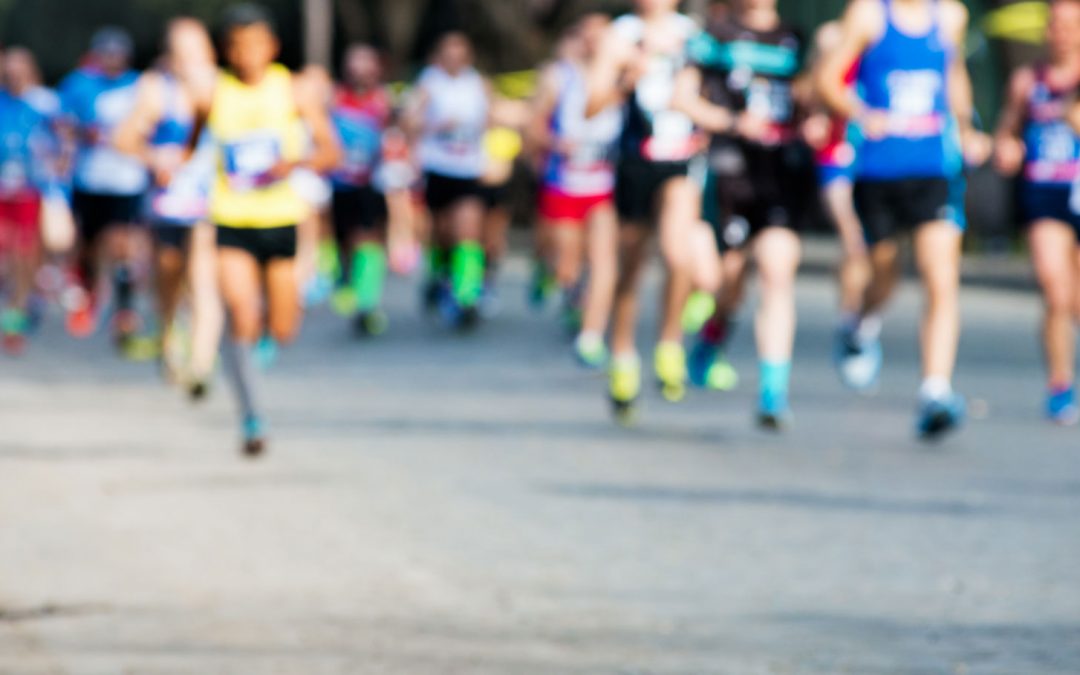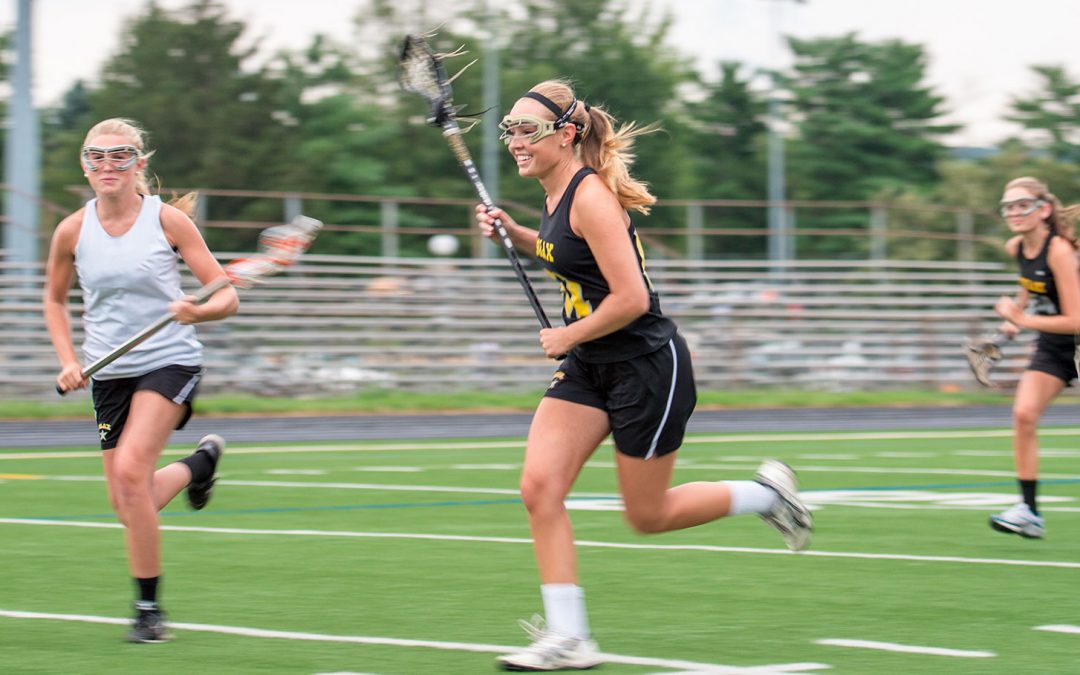Welcome To Our Blog

Physical Therapy Techniques And Benefits
Whether it is a sprain, strain, fracture or more severe orthopedic condition such as Osteoarthritis, Bursitis, ACL Tear etc., physical therapy helps to ensure a faster and healthier recovery for the patient. It is also effective in restoring the joint’s range of motion and strength after a surgical procedure. When combined with orthopedic treatment, physical therapy can be helpful to improve the overall health of an individual. The therapists evaluate the fitness level and specific health problem experienced by the patient to formulate a personalized as well as effective...

Pes Anserine Bursitis
Pes Anserine Bursitis, or Knee Tendon Bursitis, refers to an inflammation of the bursa on the inner side of the knee. The bursa is a lubricating sac located between the shinbone and hamstring tendons that prevents the two structures from rubbing against each other. The condition occurs when the bursa produces excess fluid and becomes inflamed, thereby placing pressure on the adjacent parts of the joint. Certain factors may increase a person’s susceptibility to developing Pes Anserine Bursitis. These are: Sports activities like running and swimming Old age Obesity Medical...

Distal Humerus Fracture: Causes, Symptoms And Treatment
Distal humerus fracture refers to a break in the upper arm bone or the humerus. The three bones, humerus, radius and the ulna together, form the elbow joint and the base of the humerus is called the distal humerus. The bones are held together by ligaments, muscles and tendons. The distal humerus fits into the cup shaped part of the ulna and enables the elbow to move or bend. Fractures of the distal humerus are rare and generally occur in association with other arm injuries. Causes Falling directly on an outstretched hand Vehicular accidents Sports injuries A direct hit to the...

Medial Collateral Ligament (MCL) Injury
The Medial Collateral Ligament (MCL) is a tough band of fibrous tissue located inside the knee. It joins the thigh bone or femur to the top of the lower leg bone or the tibia. The main function of MCL is to prevent the knee from bending inward. An MCL injury refers to a sprain in the medial collateral ligament. It mostly occurs in sports activities that involve a lot of jumping. Causes Sudden bending or twisting of the knee A quick change in direction Trauma to the exterior of the knee during sports such as football or soccer Skiing accidents Symptoms Pain and inflammation...

Hip Flexor Strain
The hip flexors refer to a group of muscles at the front of the thigh that allows an individual to lift the leg or bend at the waist. Overstretching or tearing of any of these muscles is known as a Hip Flexor Strain. The injury most commonly affects the iliopsoas muscle, which extends from the lower back to the thigh bone. Runners, hockey players and martial arts practitioners are more likely to suffer a Hip Flexor Strain. In medical terms, the condition is also known as Iliopsoas Strain, Pulled Hip Flexor, Strained Iliopsoas Muscle and Psoas Strain. Depending upon the...

